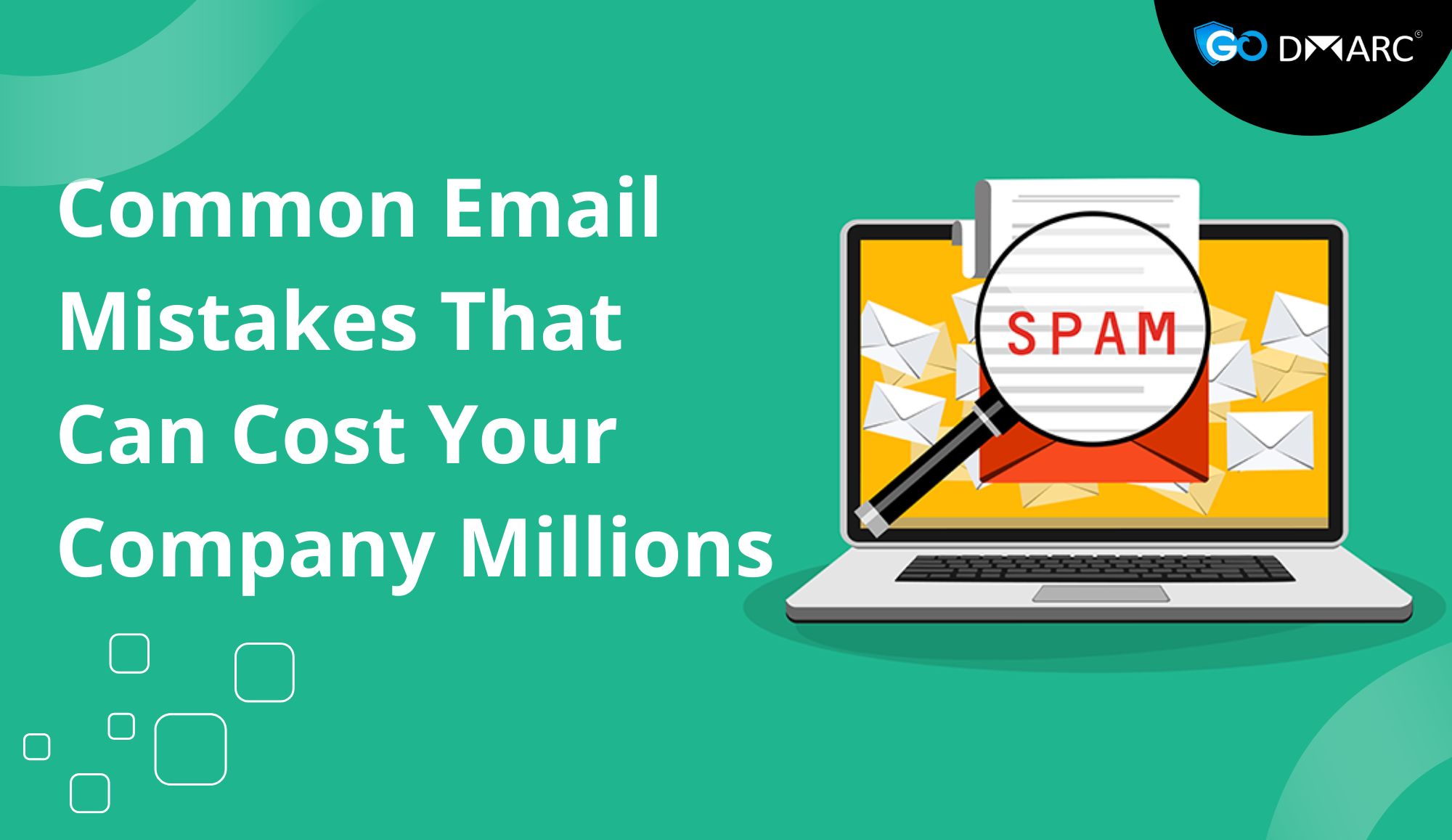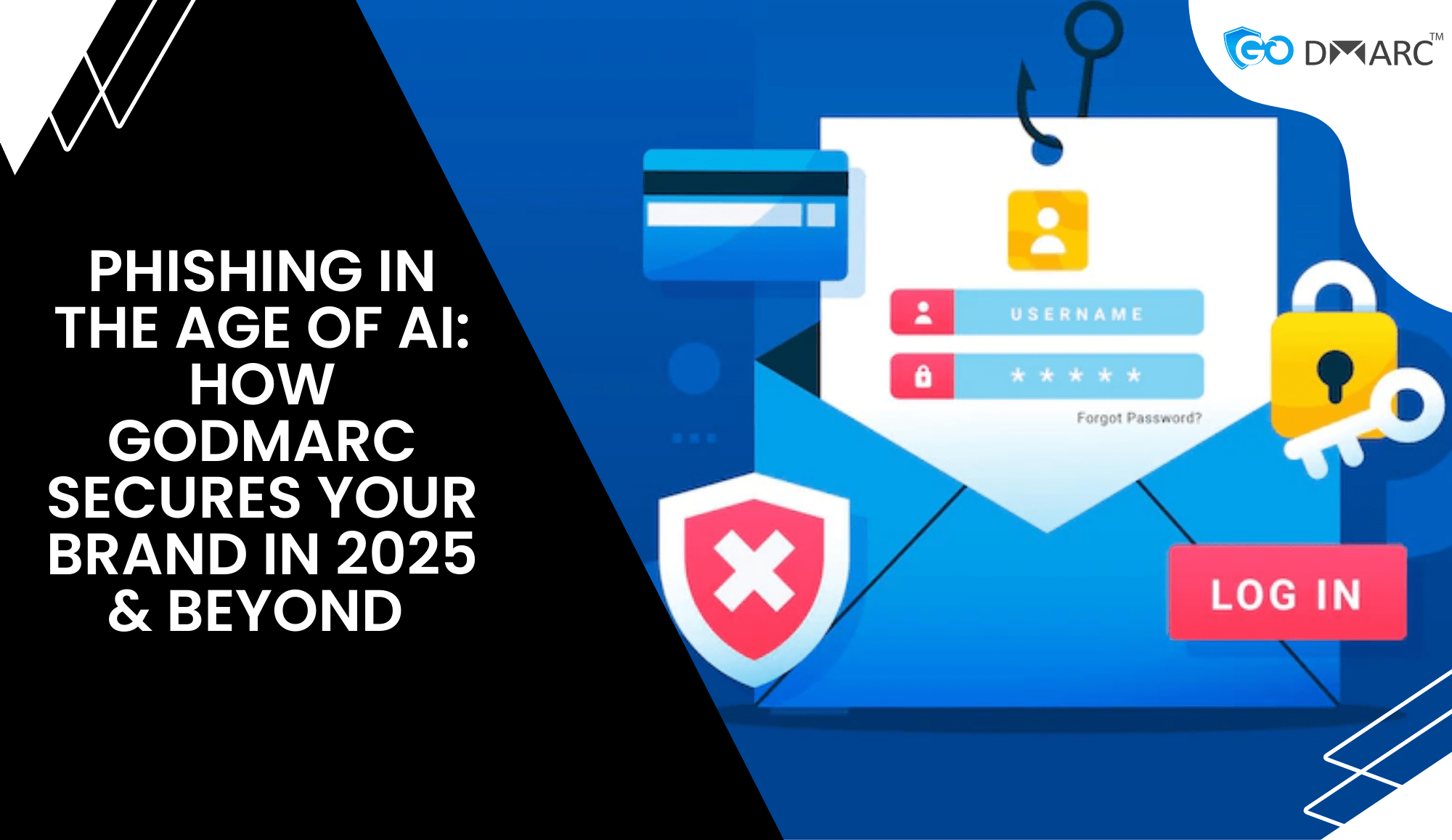Email is still the backbone of business communication, powering everything from daily updates to multimillion-dollar client deals. Yet despite its importance, email security often doesn’t get the attention it deserves. This oversight leaves organizations vulnerable to fraud, data breaches, and reputational damage that can cost millions.
Here are the most common and dangerous email mistakes businesses make, and how to fix them before it’s too late.
1. Neglecting Email Authentication Protocols
One of the most costly errors companies commit is failing to implement basic authentication standards. Without SPF, DKIM, and DMARC, your domain becomes an open invitation for cybercriminals to impersonate your brand.
Business Email Compromise (BEC) scams, where attackers pose as executives or vendors, cost companies an estimated $1.8 billion annually. With no DMARC policy in place, fraudsters can send convincing phishing emails that appear to come directly from your domain, tricking employees and clients alike.
Think of DMARC (Domain-based Message Authentication, Reporting, and Conformance) as your email gatekeeper. It ensures only authenticated, legitimate emails make it to inboxes while blocking spoofed or fraudulent ones. Without it, you’re handing scammers the keys to your digital identity.
2. Ignoring Employee Training on Email Threats
Your cybersecurity strategy is only as strong as its weakest link, and too often, that link is an untrained employee. Phishing has grown so advanced that 83% of organizations experienced at least one successful email-based attack last year.
It only takes one employee clicking a malicious link to unleash ransomware capable of paralyzing your systems, costing millions in downtime, ransom payments, and recovery efforts.
Regular awareness training drastically reduces these risks. Teaching employees how to spot suspicious senders, urgent or manipulative subject lines, and dangerous attachments can reduce successful phishing incidents by up to 70%. Training isn’t optional anymore; it’s an essential investment in your company’s resilience.
3. Failing to Monitor Email Deliverability
Deliverability issues are often invisible until damage is done. If your legitimate emails are landing in spam folders, you’re losing revenue, slowing down critical communications, and hurting customer relationships. For marketers, every missed inbox means wasted ad spend and lost conversions.
Without active monitoring, companies remain unaware of domain reputation issues, spam flagging, or unauthorized use of their domain. Regular deliverability audits and real-time monitoring tools are essential to protect both your reputation and ROI.
4. Overlooking Data Retention and Compliance
Email isn’t just a communication tool; it’s also a legal record. Mishandling email compliance can lead to devastating fines. Under GDPR, penalties can reach 4% of annual revenue, while HIPAA violations average $1.5 million per incident.
Many businesses lack clear retention policies, encrypt sensitive data inconsistently, or fail to manage data access properly. This creates massive risks during audits or legal disputes.
To stay compliant, establish clear retention timelines, enforce data-handling policies, and ensure audit-ready processes. Proper governance protects your business from regulatory penalties and builds customer trust.
5. Not Implementing Email Encryption
Sending sensitive information without encryption is the equivalent of mailing confidential documents on postcards. From financial records to personal data, valuable information flows through email every day.
Without encryption, cybercriminals can easily intercept and misuse this data. The average cost of a data breach now stands at $4.45 million, a staggering figure compared to the relatively minor investment required for encryption tools.
Email encryption should be non-negotiable, particularly for industries handling financial, healthcare, or legal data. It’s a basic safeguard that prevents sensitive information from falling into the wrong hands.
The Path Forward: Turning Email Into an Asset
Email mistakes aren’t “just IT issues”; they’re business risks with real financial and reputational costs. By addressing these common pitfalls, companies can transform email from a security liability into a powerful, trustworthy business tool.
Here’s the roadmap:
- Enforce authentication with SPF, DKIM, and DMARC.
- Invest in employee training to spot threats early.
- Continuously monitor deliverability and domain reputation.
- Align email practices with compliance requirements.
- Secure sensitive data with encryption.
The question isn’t whether you should strengthen email security; it’s whether you can afford not to. With the right practices in place, email becomes more than just a communication channel. It becomes your first line of defense against today’s cyber threats.
Choose wisely, Choose GoDMARC!




